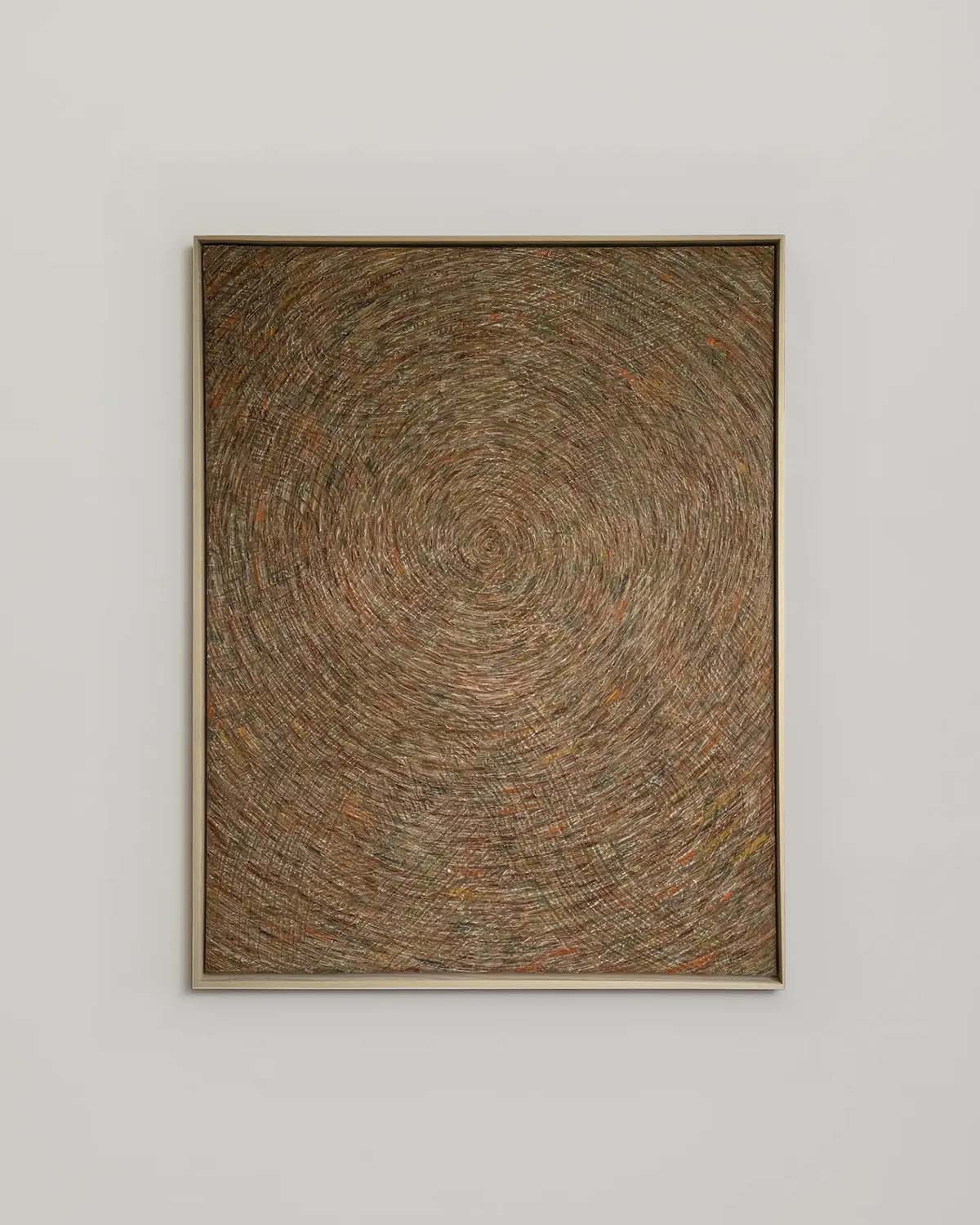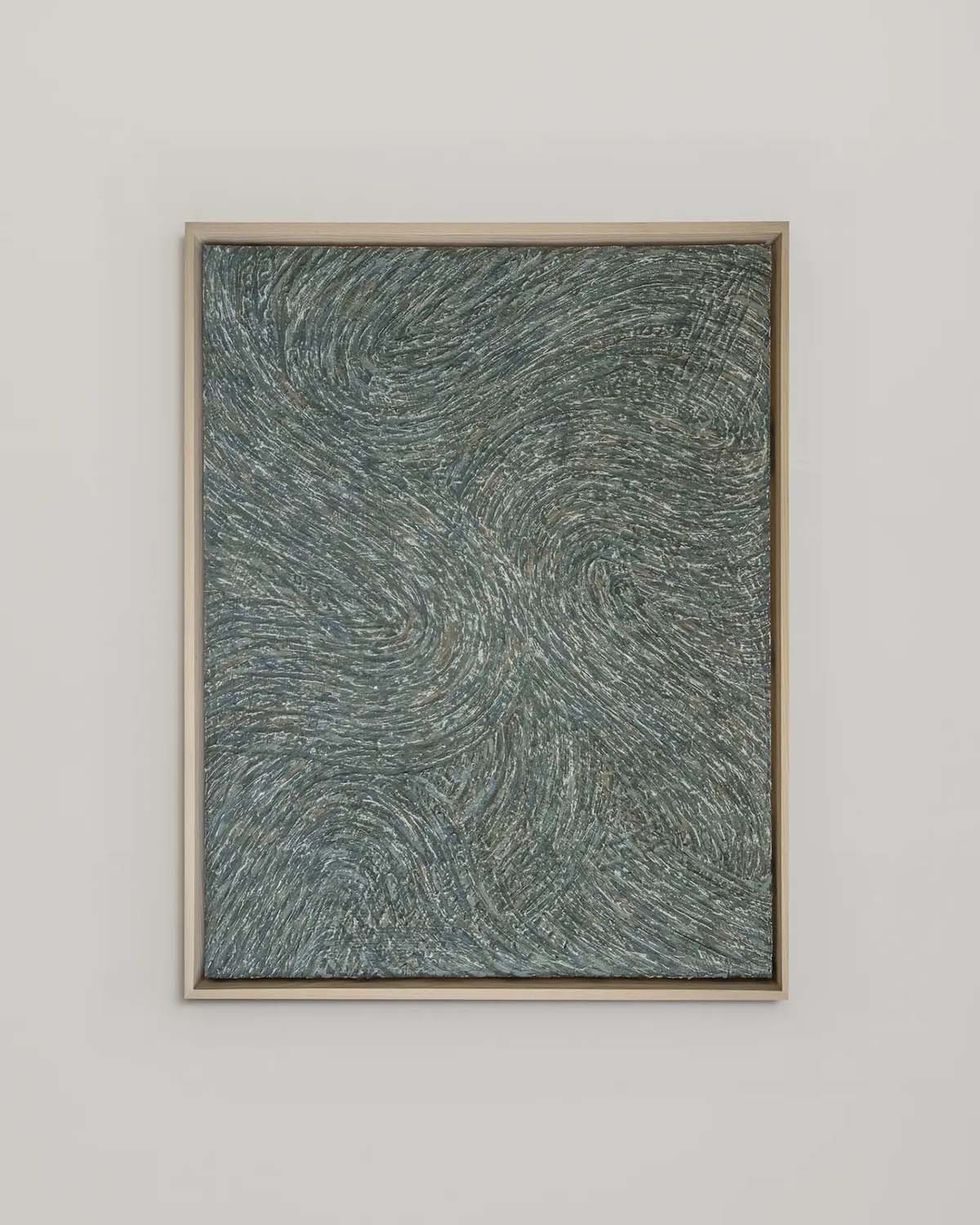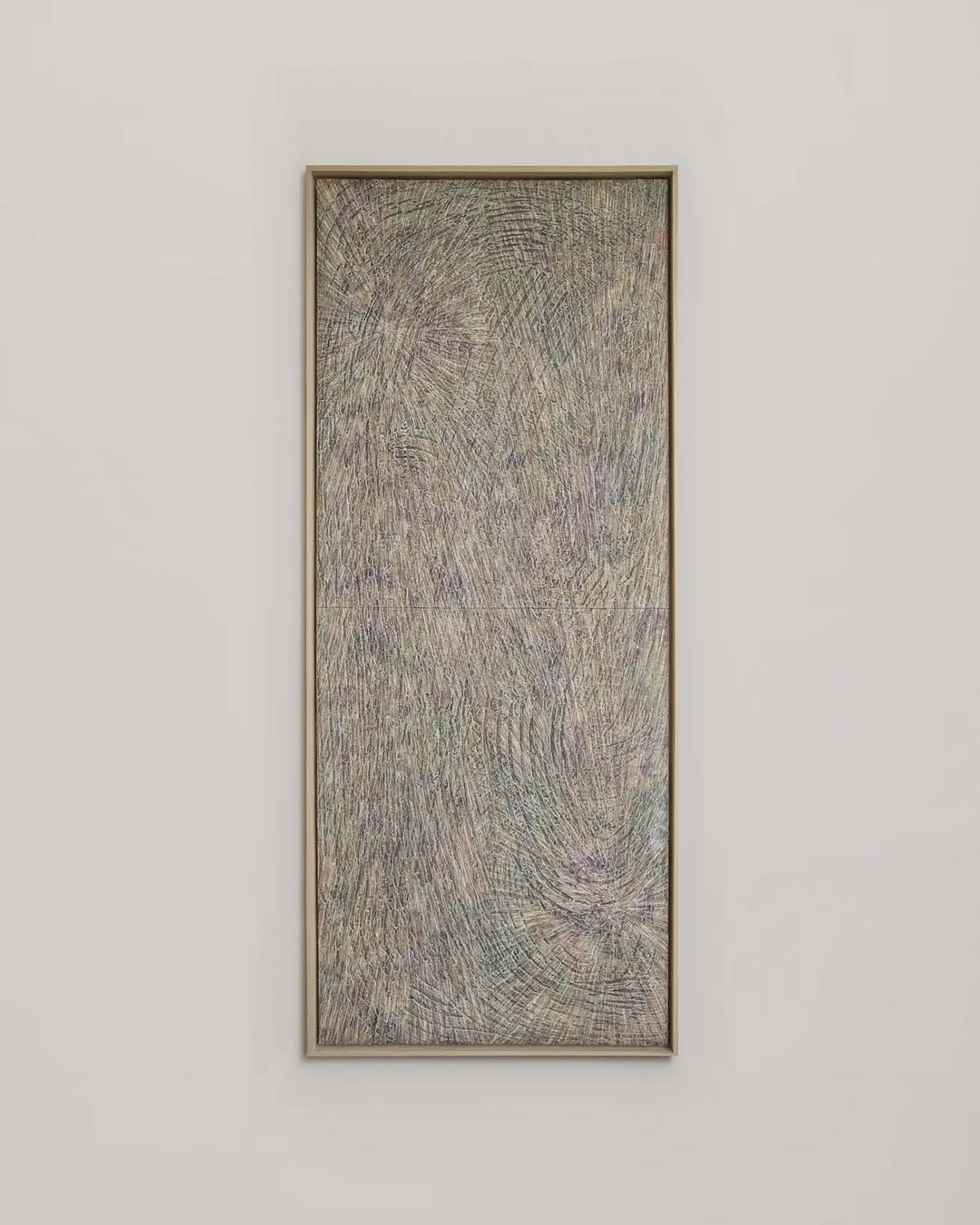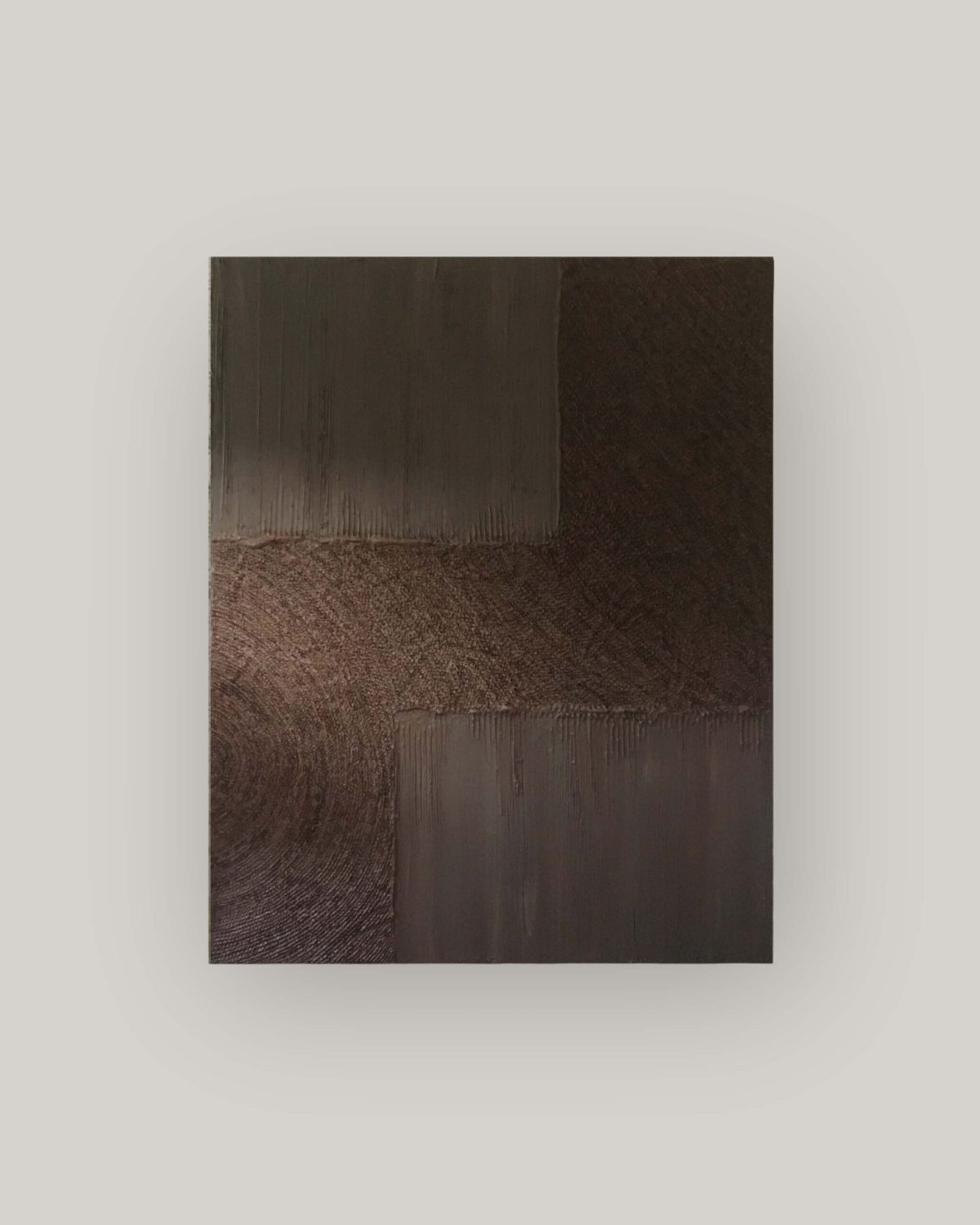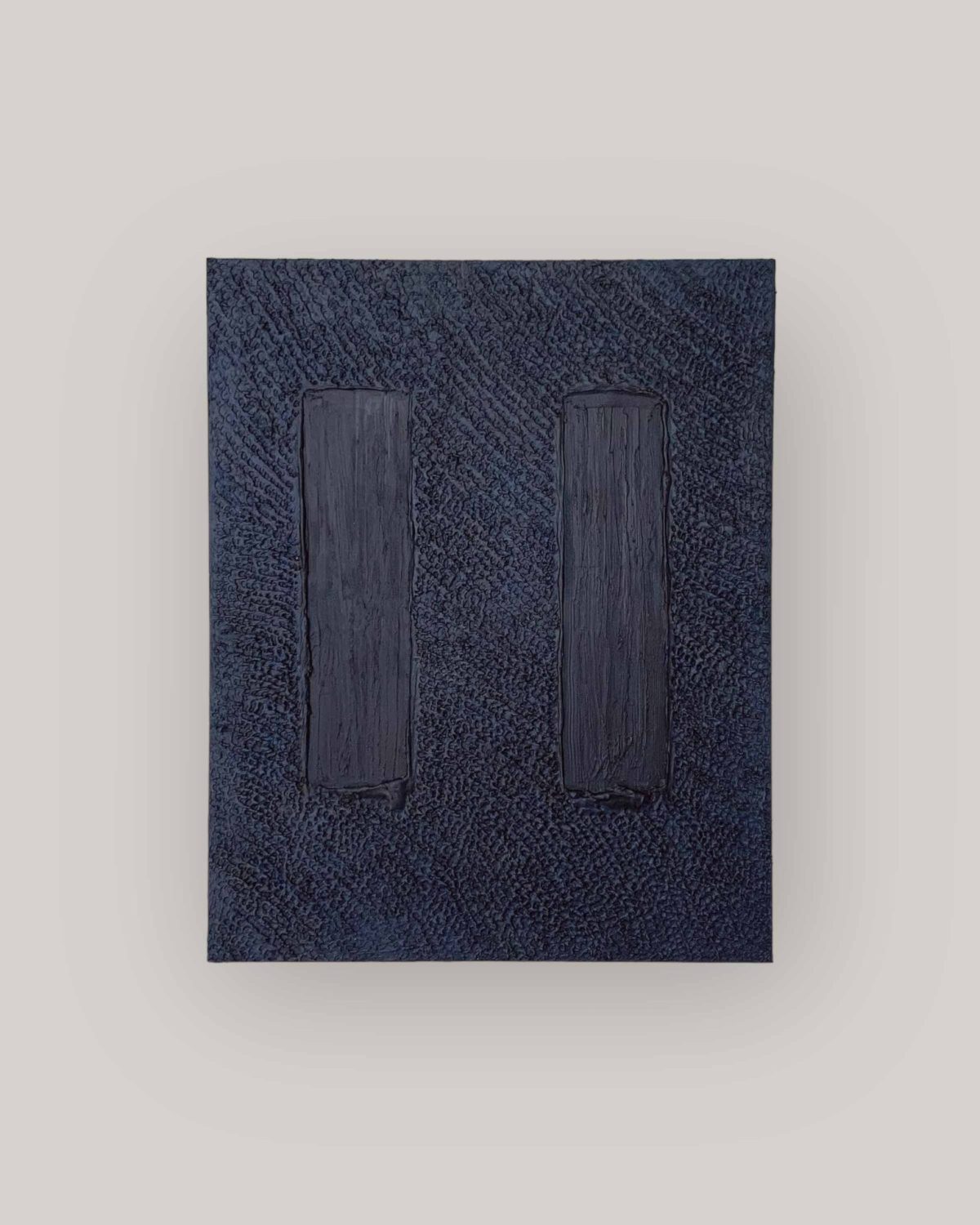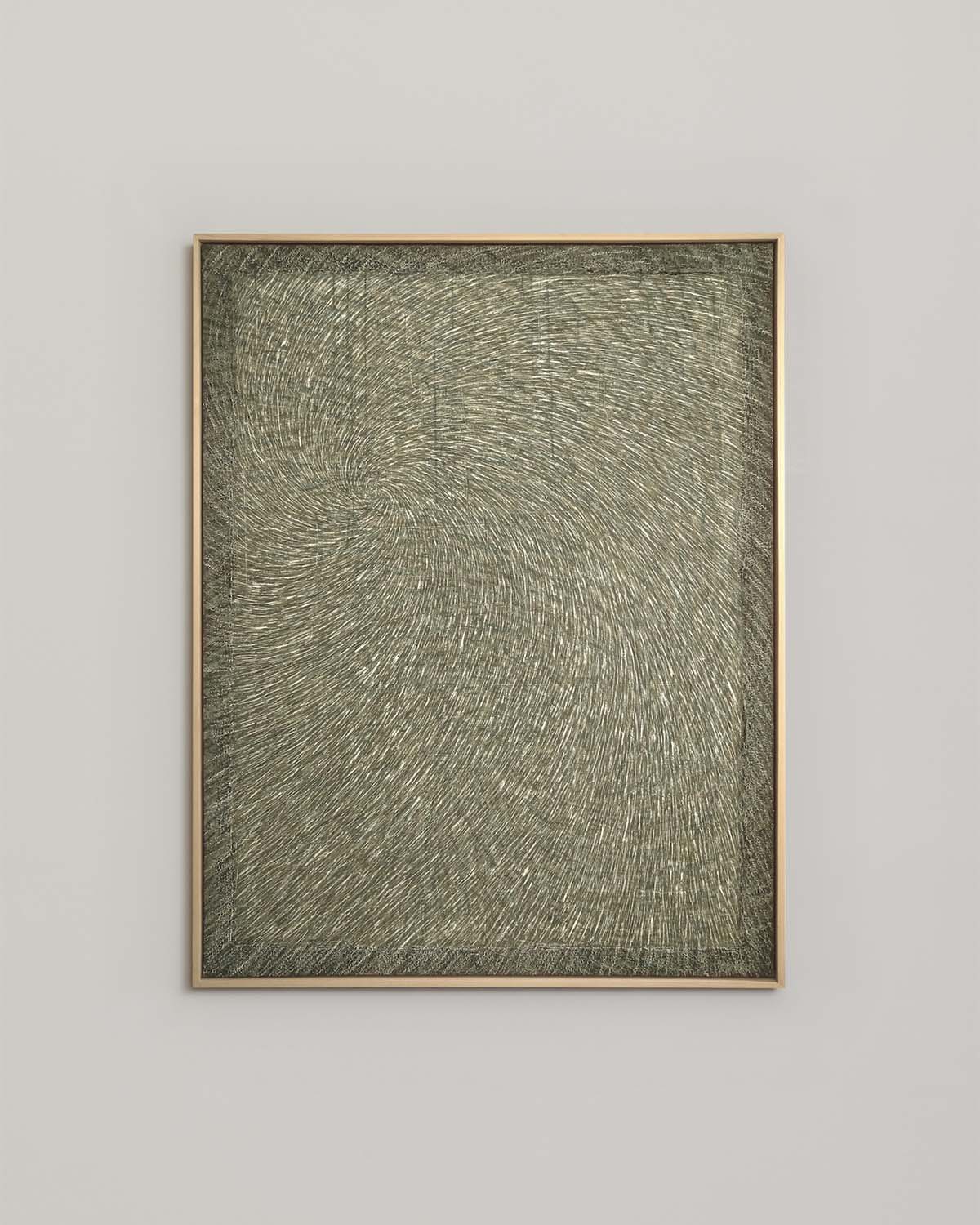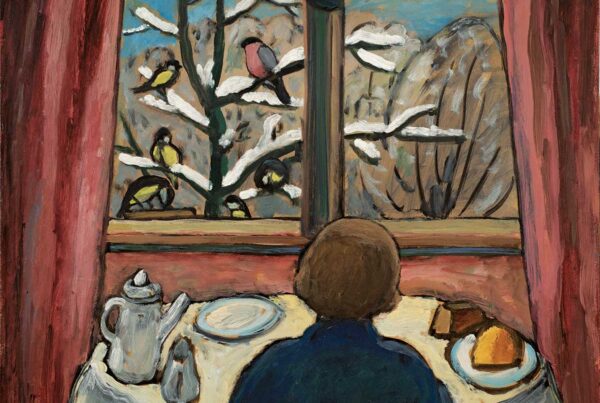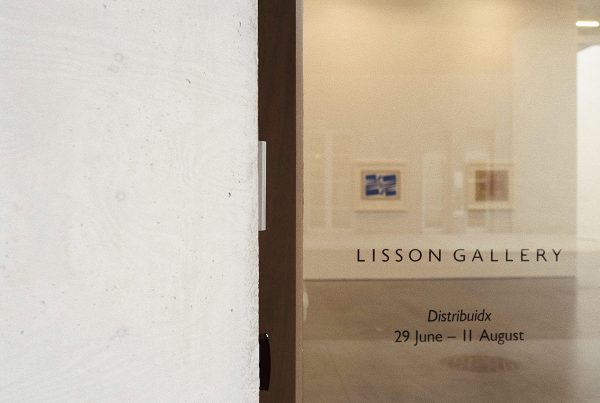Woo Byoung Yun
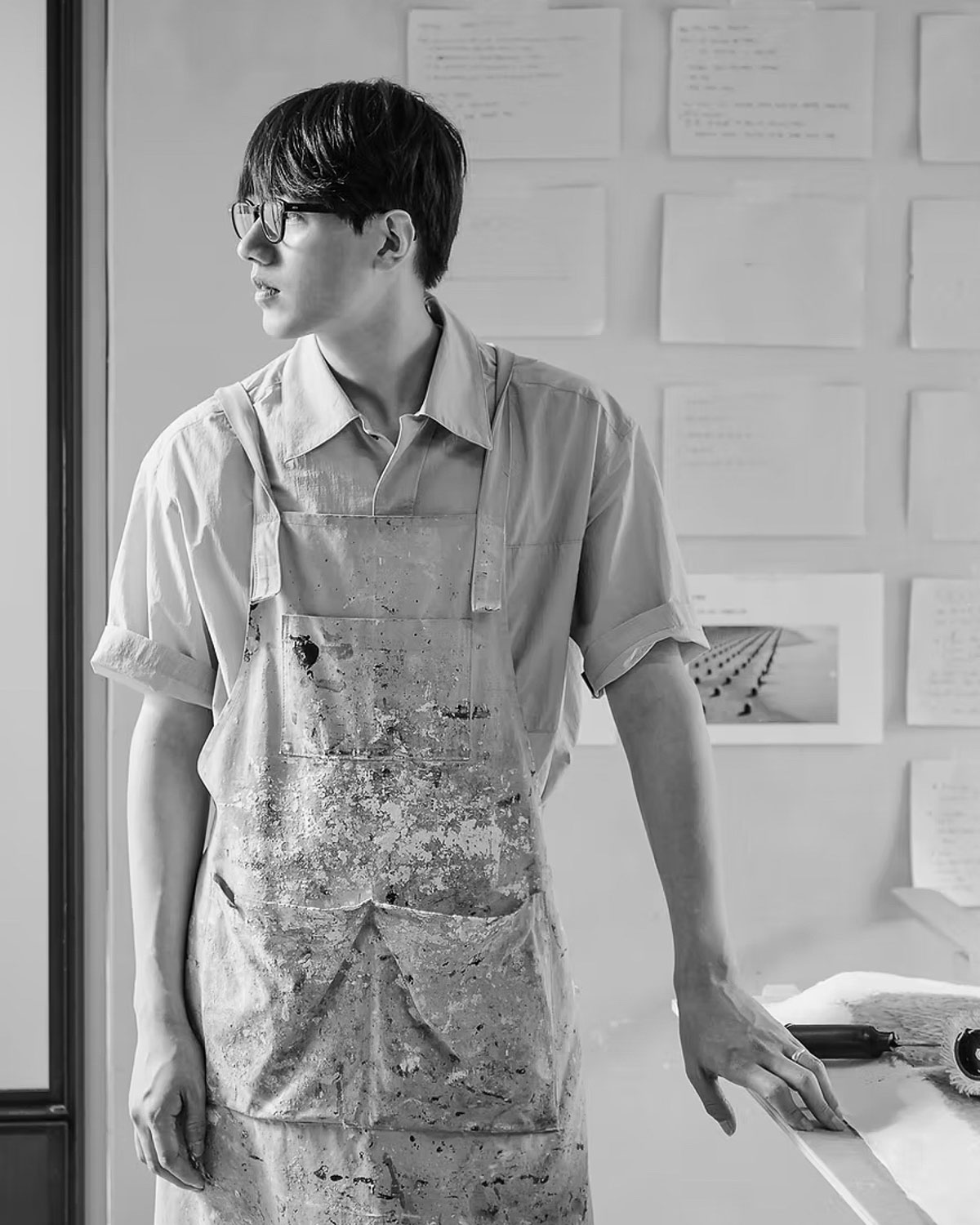
(001-01) Woo Byoung Yun — Goyang, South Korea
Words ABHISHEK SINGH
Photos WOO BYOUNG YUN
A South Korean contemporary artist known for his abstract and minimalist paintings.
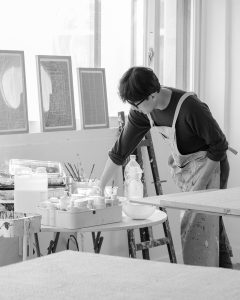
(001-02) — His work explores themes of nature, space, and human perception through the use of simple shapes, subtle colors, and varying textures.
I first came across Woo Byoung Yun’s work through Francis Gallery in Los Angeles. His abstract and minimalist approach, particularly his exploration of perception and materiality, immediately stood out. There’s a quiet depth to his paintings — layered, textured, and seemingly simple yet conceptually rich. His work is one to keep an eye on.
In this interview, he shares insights into his inspiration, creative process, artistic evolution, and personal growth.
ABHISHEK SINGH — What inspires your art and creative process?
WOO BYOUNG YUN — My art inspiration is that light has the properties of particles and waves, but we cannot feel the properties of waves in terms of human perception and physicality. So I am interested in reality beyond that, what we see, what we think. For example, we can appear completely distinct from nature based on our perceptions, ideas, and particle characteristics. However, if we see reality from a wave perspective in the microscopic world, we may be only waves that cannot be distinguished.
AS — How do you approach a new project or piece of art?
WBY — I’ve been working on a series called Superposition since 2018. First, I sketch in a notebook the process of patterning into a specific shape, rather than reproducing what I feel inside or through nature as it is. Then, when I find a sketch I like, I work with plaster and gouache. It is the work of kneading plaster in water, applying it several times, coloring it again with paint, and then scraping the surface of the paint so that the plaster and the surface layer of the paint are in harmony. As a tool for expressing color, it is assumed that color has strong wave properties and plaster has strong particle properties. I wanted to harmoniously embody the two qualities I couldn’t meet on one screen, believing that what I express is another reality that can exist in this world.
AS — How did your artistic style evolve from representational to abstract?
WBY — At first, I tried to express the subject simply by depicting objects with acrylic paint on canvas. For example, it was like painting the nightscape and the dayscape on one screen at the same time. However, to express the subject, I thought that I had to deviate from describing what was seen, so I drew a flat and abstract painting.
AS — How did your exploration of materials, particularly plaster, shape your artistic process?
WBY — Then, I thought that it would be nice if I could convey the subject sufficiently with just the material, and as I explored various materials, I started to use a material called plaster. At first, I worked in a normal way on plaster, but I started to worry about the weak durability of plaster. One day, when the finished work was shocked and the surface of the work was scratched, and when I tried to repair the surface of the work, the white plaster that suddenly appeared outside felt like the invisible reality of the work appeared outside. Later, rather than covering it with paint again, I thought of scratching and exposing the plaster inside more, and that became an important technique to explain my work today.
AS — How do you incorporate new techniques or dimensions into your work to express your themes more effectively?
WBY — Recently, I’ve been working on a little bit of three-dimensional or figurative work away from flatness and abstractness, and I think it would be nice to bring out the themes that I think of in a richer way from the three-dimensional, material, and figurative things.
AS — How do you challenge yourself to grow as an artist?
WBY — It is said that the human brain has not changed much from the days when humans were hunting and gathering. To make it more livable and increase survival rates, we have learned that what we see is reconstructed from the human brain and visible to our eyes. However, nowadays, I think there are problems in the world we live in that cannot be solved with that perspective. Quantum mechanics, electronics, and AI are already experimenting, proving, and utilizing realities beyond what we see, but there is still too wide a world that humans cannot know. So I hope that my work will be an opportunity to apply these ideas to individual lives.
AS — What is the most valuable lesson you’ve learned in your artistic journey?
WBY — Even if what we see and believe seems true, we don’t have to blindly believe it, and we believe that the fact that it may not be the real world can make our existence humble, less violent, less compulsive, and more free. So I want to work endlessly to explore and express reality that is more vivid than what we see.
“Even if what we see and believe seems true, we don’t have to blindly believe it — there is a reality beyond perception, waiting to be explored.”
Words ABHISHEK SINGH
Photos WOO BYOUNG YUN
